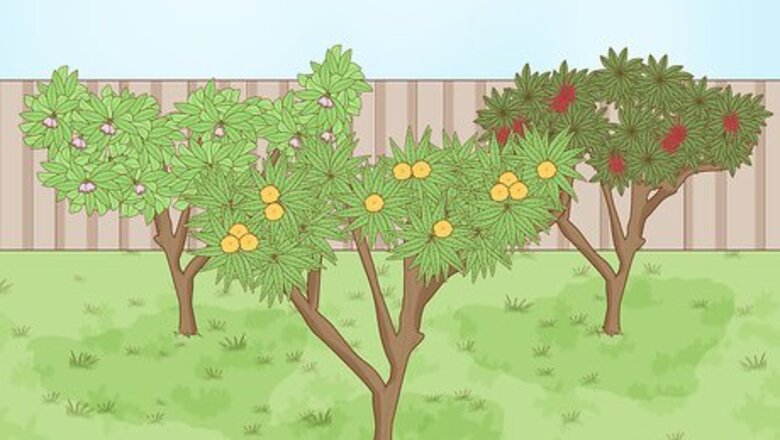
views
Growing Kookaburra-Friendly Plants
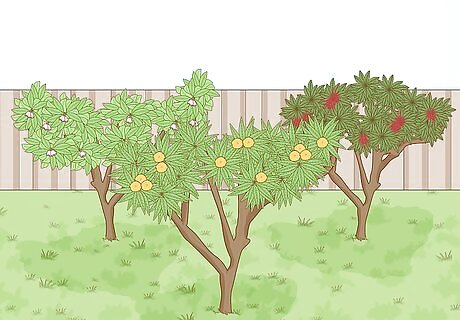
Plant a variety of native vegetation. Kookaburras are drawn to native vegetation, as it provides shelter and food. Blueberry Ash, Bottlebrush, Golden Wattle, and Paperbark are all known to attract kookaburras and other native species like wrens and magpies. Kookaburras help to break down dead leaves, disperse seeds, and reduce insect pests in native vegetation.
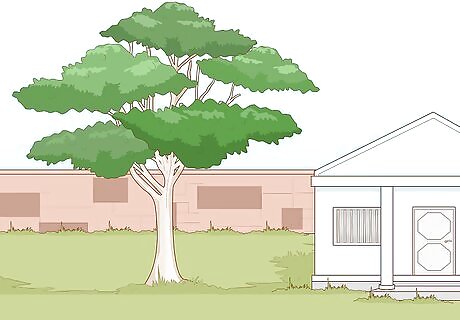
Keep mature gum trees in your garden and plant 1-2 young seedlings. Kookaburras love to nest in tree hollows, particularly those in gum trees. Don’t remove any mature gum trees from your backyard and talk with your neighbors to encourage them to do the same. Plant a few young gum trees, if you have space, so that future kookaburras have a place to nest.
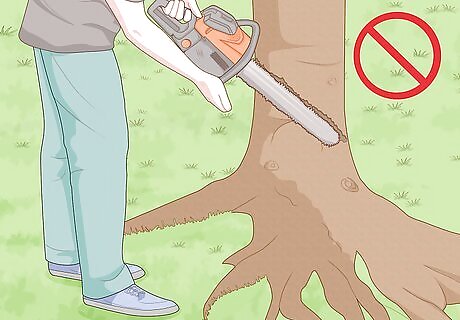
Preserve trees with thick and heavy branches. Avoid removing the large and heavy branches from your mature trees. Stout tree branches are perfect roosting and perching sites for kookaburras. The kookaburras may also use the branches as guard posts during the day.
Providing Incentives
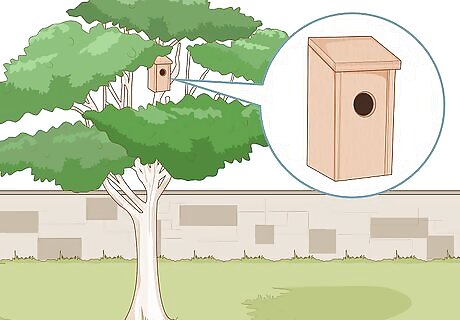
Install a kookaburra nest box on a high branch. Purchase a kookaburra nest box from your local garden center or native bird organization. Place the nest box as high off the ground as possible on a stable and protected branch. Kookaburra nest boxes are horizontal and have a small, circular entrance. The birds bring their own nesting materials.
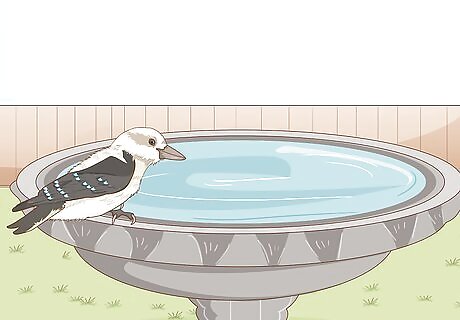
Place a birdbath in the garden to provide water for the kookaburras. Purchase a birdbath from your local garden center or make your own using a shallow platter or bowl. Keep it filled up with fresh water and clean it out every so often with a scrubbing brush if it looks dirty. The kookaburras will drink and bathe in the water. Make sure the water is shallow enough for the kookaburras to stand in. Birdbaths also encourage other insectivores like fairy-wrens and grey fantails to visit your garden.
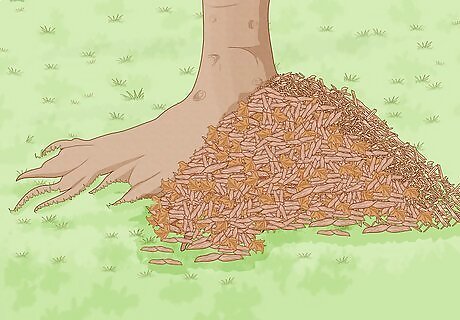
Create piles of leaf litter and garden mulch. Kookaburra prey on insects and small lizards which are often found in leaf litter and garden mulch. Try not to disturb the piles and you may see kookaburras fishing through! As kookaburras go through the leaf litter and mulch, they overturn the decaying matter and help it to break down faster.
Protecting Kookaburras in Your Garden
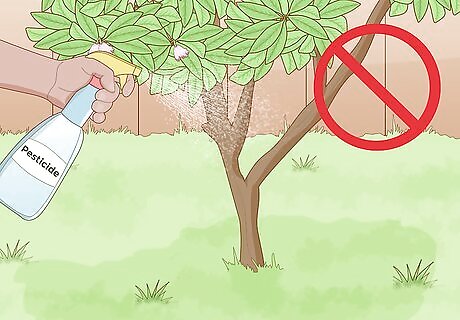
Avoid using garden pesticides, insecticides, and fungicides. These common garden chemicals disrupt the kookaburras' food source. Let your garden grow naturally to so insects, worms, and small reptiles thrive. Kookaburras can get sick from eating contaminated prey.
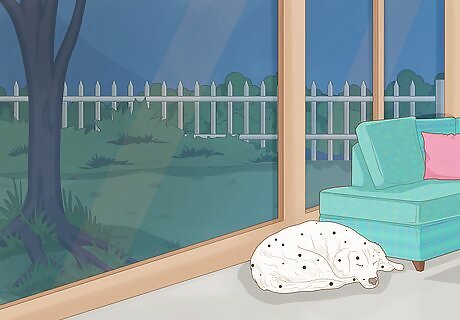
Keep cats and dogs inside at night. Cats and dogs sometimes prey on kookaburras, and birds that don’t feel safe in your garden won’t hang around. Lock your pets inside at night and attach a bell to your cat's collar if necessary.
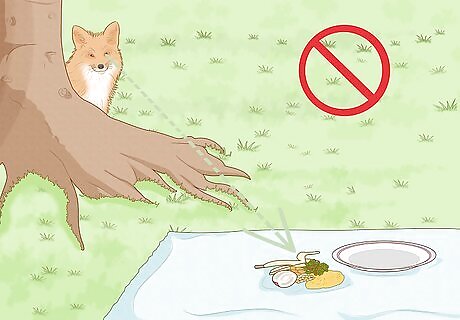
Avoid leaving uneaten food outside. Uneaten food, whether it’s from pets or people, can attract unwanted predators like foxes and feral cats. Kookaburras will avoid places where they feel unsafe. Always take any uneaten food inside, particularly at night, and clean up any crumbs.










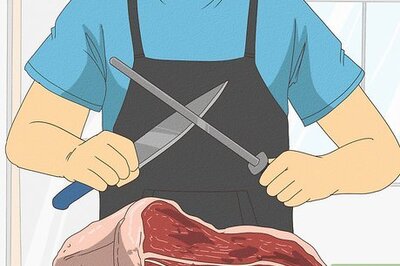








Comments
0 comment